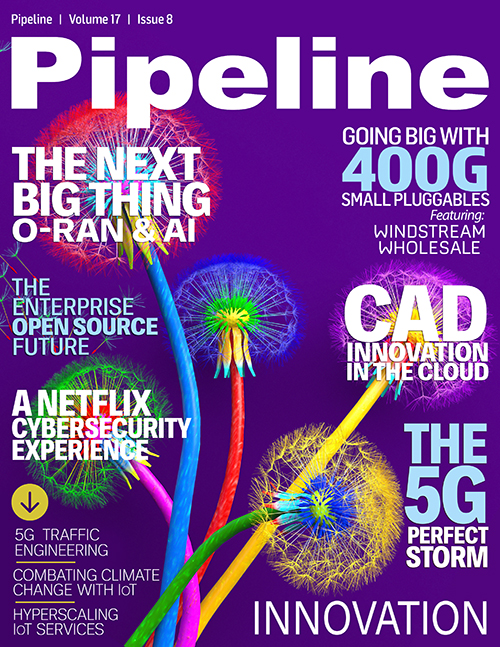Go Small to Go Big with 400 Gig Line Side Pluggables
The Windstream technology R&D team also concentrated on the digital signal processor (DSP) of the CFP2 module, homing in on its true capability to cope with physical layer impairments such as noise, CD, PMD, filter narrowing and non-linear effects. The team performed full coherent transceiver characterization, subjecting the 400G ZR+ transceiver to the same rigorous tests used for the higher performance SLED-based transceivers.
Field validation
The first field trial attempt did not generate the successful results we were looking for. This was attributed to a higher percentage of the fiber spans being NZ-DSF fiber type than was originally expected. As we were approaching the upper limit for noise tolerance, the additional sectors of NZ-DSF fiber introduced higher-than-expected overall span non-linear impairments, which manifest as additional noise. The combined ASE noise and noise due to non-linearities was just enough to close down any window of operation. This exercise, although disappointing, provided us with good real-world data, which we then used to sharpen up our networking modelling and make some additional adjustments to both the CFP2 and Cisco’s NCS1004 host platform.

Figure 2: Testing results, second trial
click to enlarge
The second field trial was an overwhelming success. Windstream Wholesale set an industry-leading benchmark of 400G using Acacia’s 400G ZR+ Coherent Pluggables over a live long-haul network. The successful trial deployed 400 gigabits per second single-wavelength transmission over 1,027 kilometers across Windstream’s fiber network between Phoenix and Los Angeles. Additionally, Windstream set another industry record by looping back the signal to achieve 300G transmission over 2,054 kilometers using the Acacia pluggables. The test results showed that there was enough additional margin for actual production use. In other words, 400G line side pluggable technology was viable for long-haul network applications.
Figure 2 illustrates the testing results of the successful second field trial. It can be seen that the window for operation (area above CFP2 limit line) is large enough to meet the production network’s operation margin.
Jimmy Yu, vice president of Dell’Oro Group’s Optical Transport research concurred. “Windstream’s live network trial demonstrates the real performance of 400G pluggable outside of a controlled environment. This is a significant development in the industry,



















